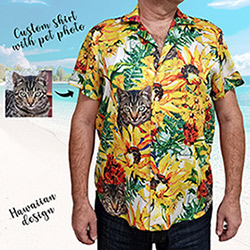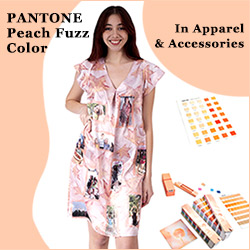CE Marking, WEEE & ElektroG: Compliance for Electronics and Tech Sellers in Germany

Selling electronic products in Germany opens up exciting opportunities—but also involves strict legal obligations. Germany has rigorous rules around product safety, environmental protection, and recycling. If you're planning to sell electronics or electrical devices in 2025, this guide will help you navigate the three key pillars of compliance: CE marking, WEEE registration, and ElektroG obligations.
1. CE Marking: Your Product’s Passport to the EU Market
The CE mark indicates that a product complies with EU safety, health, and environmental protection standards. It is mandatory for most electronic and electrical devices.
You must ensure that:
- Your product meets the relevant EU directives (e.g., Low Voltage Directive, EMC Directive, RoHS).
- You compile a technical file documenting conformity.
- You issue and keep a Declaration of Conformity (DoC).
- The CE mark is affixed visibly and permanently to the product.
Selling non-compliant products can lead to import bans, product recalls, or fines.
2. WEEE Registration: Taking Responsibility for Electronic Waste
Under the WEEE (Waste Electrical and Electronic Equipment) Directive, producers and sellers of electronics are responsible for the collection and recycling of e-waste.
In Germany, WEEE obligations are enforced by the stiftung ear (German WEEE registration authority). You must:
- Register your brand and product type with stiftung ear before placing goods on the market.
- Obtain a WEEE registration number and display it on invoices and marketplaces.
- Provide a take-back solution for private customers.
- File regular reports on quantities placed on the market and collected.
Failure to register is illegal and can result in sales bans and financial penalties.
3. ElektroG: Germany’s Implementation of the WEEE Directive
The ElektroG (Electrical and Electronic Equipment Act) is the German law implementing WEEE. It adds extra compliance layers, especially for distance sellers.
Key points include:
- Non-German sellers must appoint an Authorized Representative (Bevollmächtigter) in Germany to fulfill ElektroG obligations.
- Label products with the crossed-out wheelie bin symbol and your WEEE registration number.
- Ensure you provide appropriate information on safe disposal and recycling.
ElektroG also covers batteries (BattG) and packaging obligations (VerpackG), so you may need to register for these separately.
4. Marketplace Requirements (Amazon, eBay, etc.)
Online platforms in Germany (like Amazon.de) are increasingly enforcing compliance. If you sell electronics via a marketplace, you must:
- Provide a valid WEEE registration number.
- Prove CE compliance when requested.
- Ensure packaging and battery regulations are followed.
Marketplaces may suspend non-compliant listings or block sellers who fail to meet legal requirements.
5. Compliance Tips for 2025
- Start early: WEEE registration can take weeks. Plan ahead.
- Work with service providers: Some companies handle CE testing, ElektroG registration, and take-back logistics for you.
- Keep records: Documentation is key. Store all declarations, certificates, and reports.
Conclusion: Legal Compliance Is Key to Market Success
For electronics and tech sellers, Germany is a lucrative market—but also one of the most heavily regulated. Complying with CE, WEEE, and ElektroG is not optional—it’s a legal obligation that protects consumers, the environment, and your business.
By following these rules, you not only avoid penalties but also build trust with German customers and marketplaces. In 2025, legal responsibility is not a burden—it’s a competitive advantage.
Hits: 7231 | Leave a comment







 Rules for EU_m.jpg)









